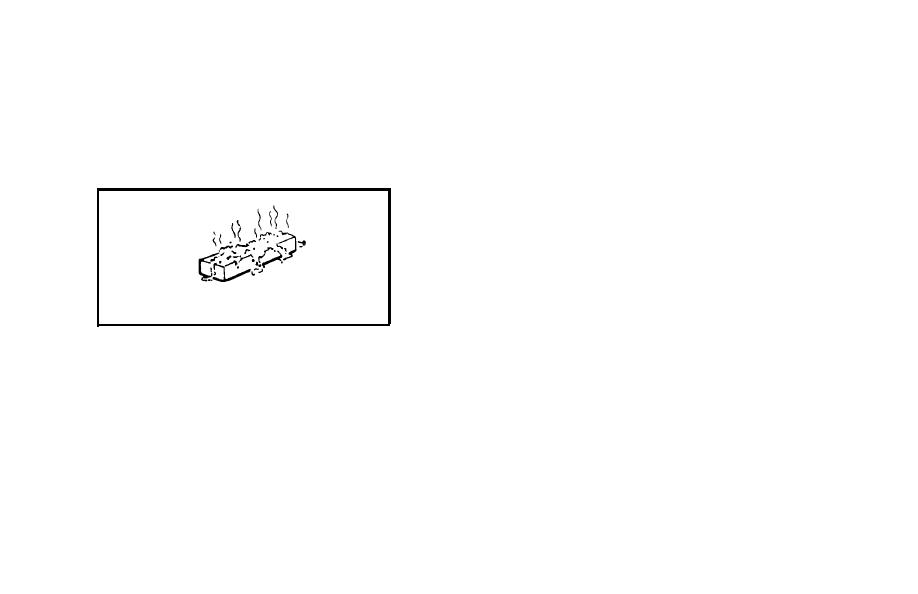
| Tweet |

Custom Search
|
|

|
||
 Corrosion
THE DIFFERENCE BETWEEN CROSS-
CHECKING AND CRACKING
Deterioration of metal by chemical or electrochemical
Deposits made with high allov electrodes should check
reaction with its environment.
on the surface. The check pattern is highly desirable
as it reduces residual stresses. Without checking, the
residual (or locked-in) stresses when combined with
service stresses can reach a magnitude greater than the
tensile strength and result in deep cracks or spalling
(Figure 2-2). If checking does not occur naturally, it
must be induced to avoid future failure. For example,
as heat builds up in large parts, less cross checking will
take place. To rectify this, forced checking can be
accomplished by sponging the deposit with a wet cloth
or by spraying the surface with a fine water mist.
Checking may also be accelerated during the cooling
period by occasionally striking the deposit with a
hammer. If a check-free deposit is necessary, use a
softer alloy and observe preheat and postheat
requirements.
.
RECOMMENDED AMPERAGE AND POLARITY
Weld data showing recommended amperage and
polarities is listed in Section 1 on each page for every
electrode.
2-12
|
 
|
|
 |
||